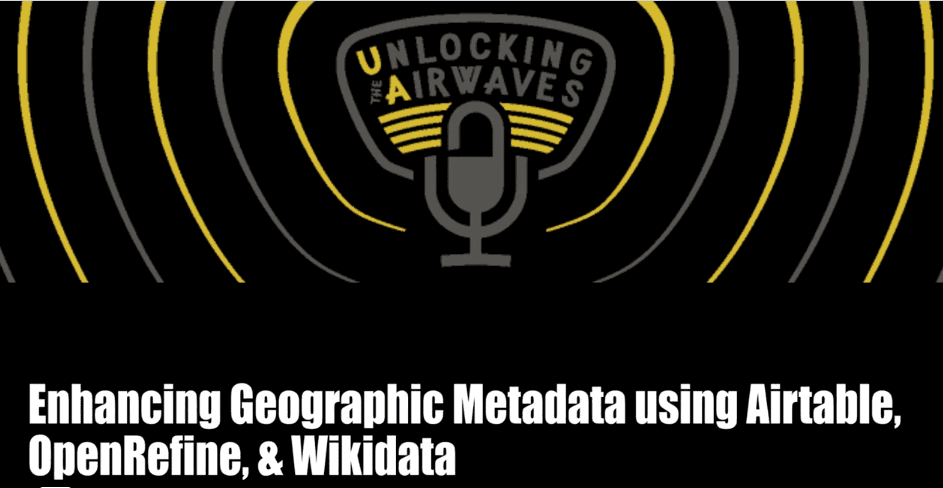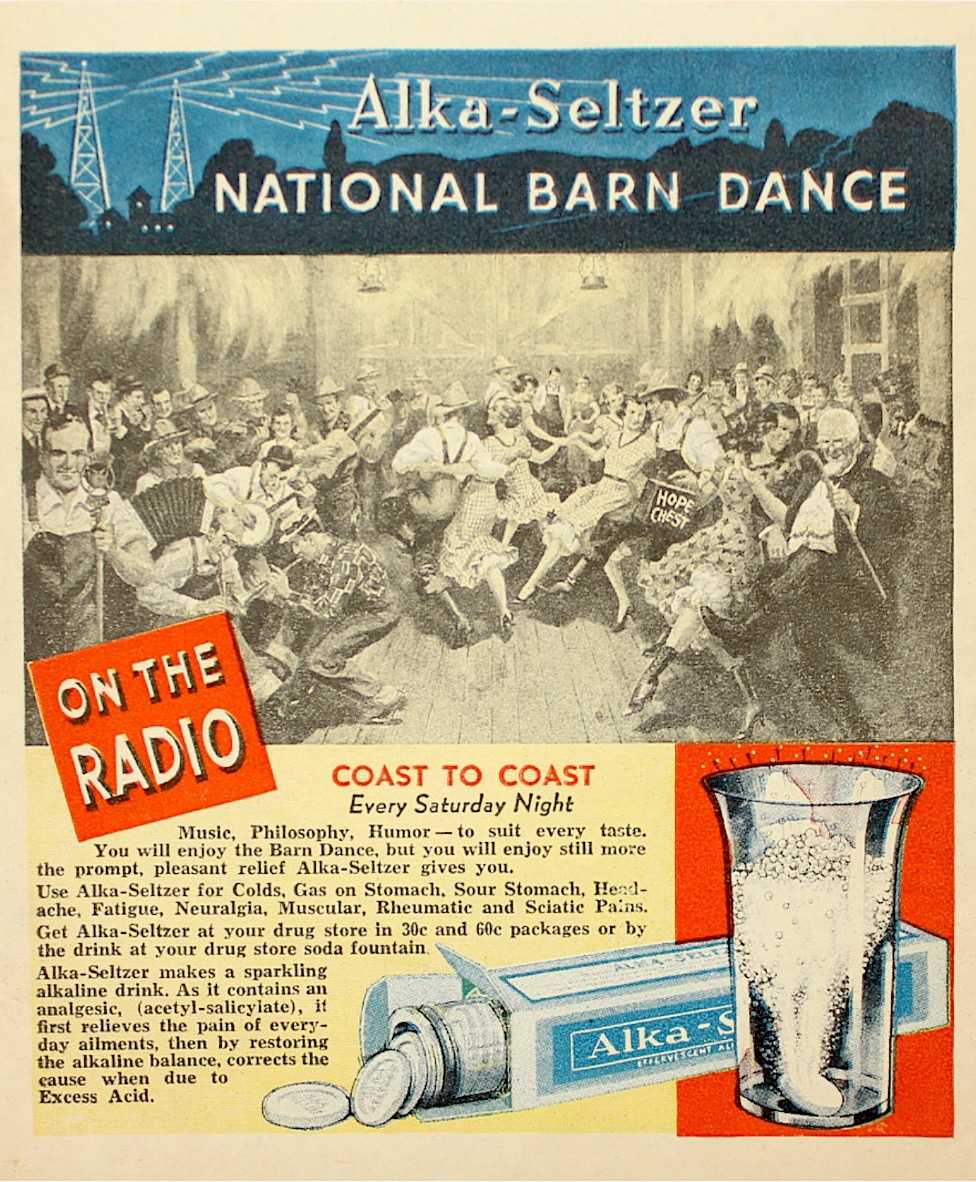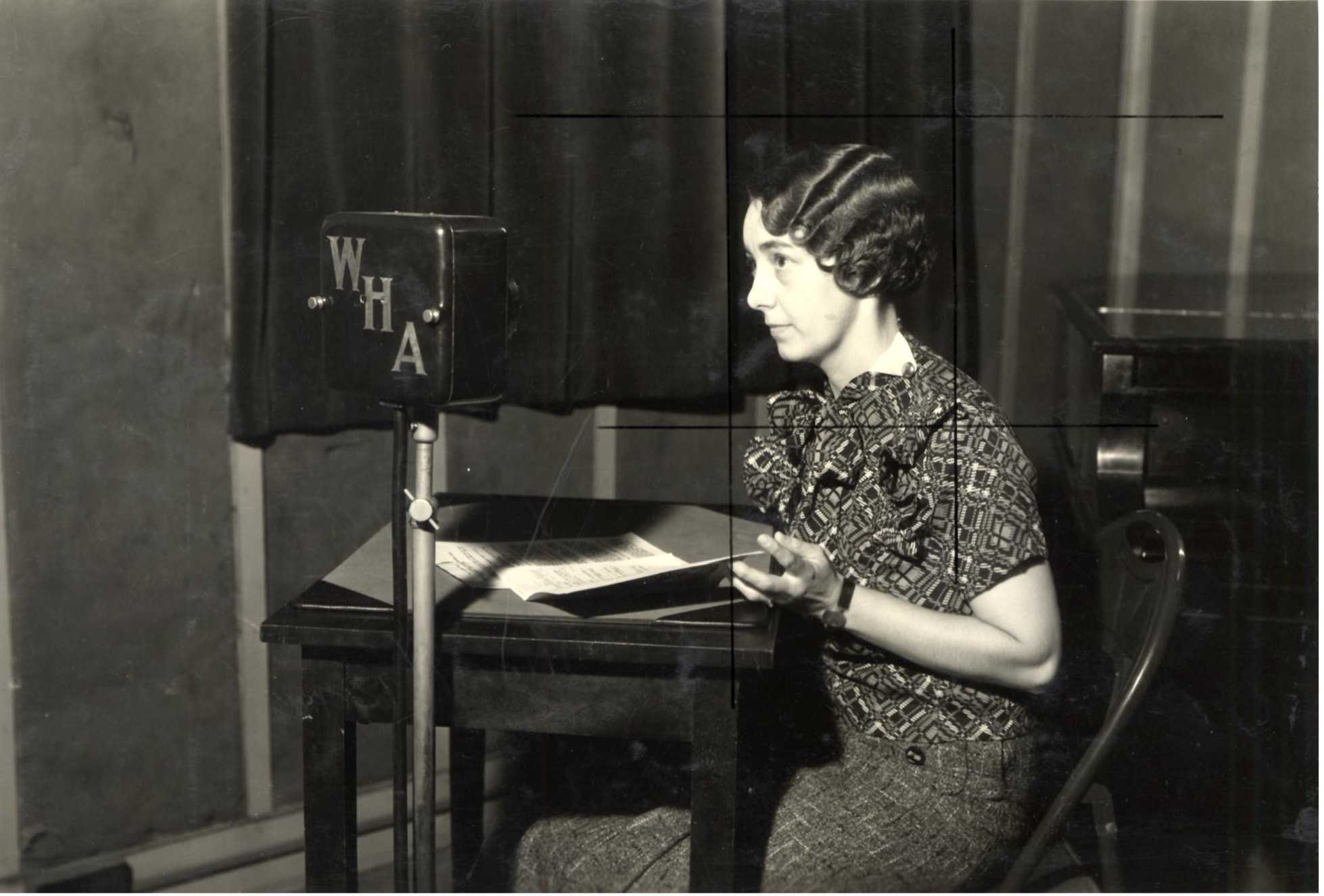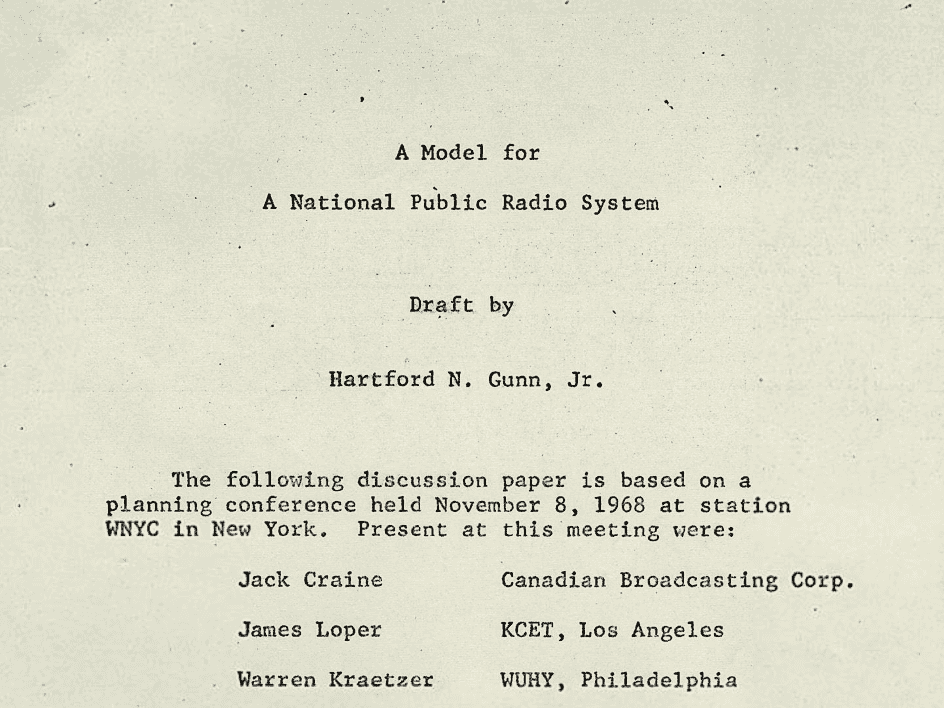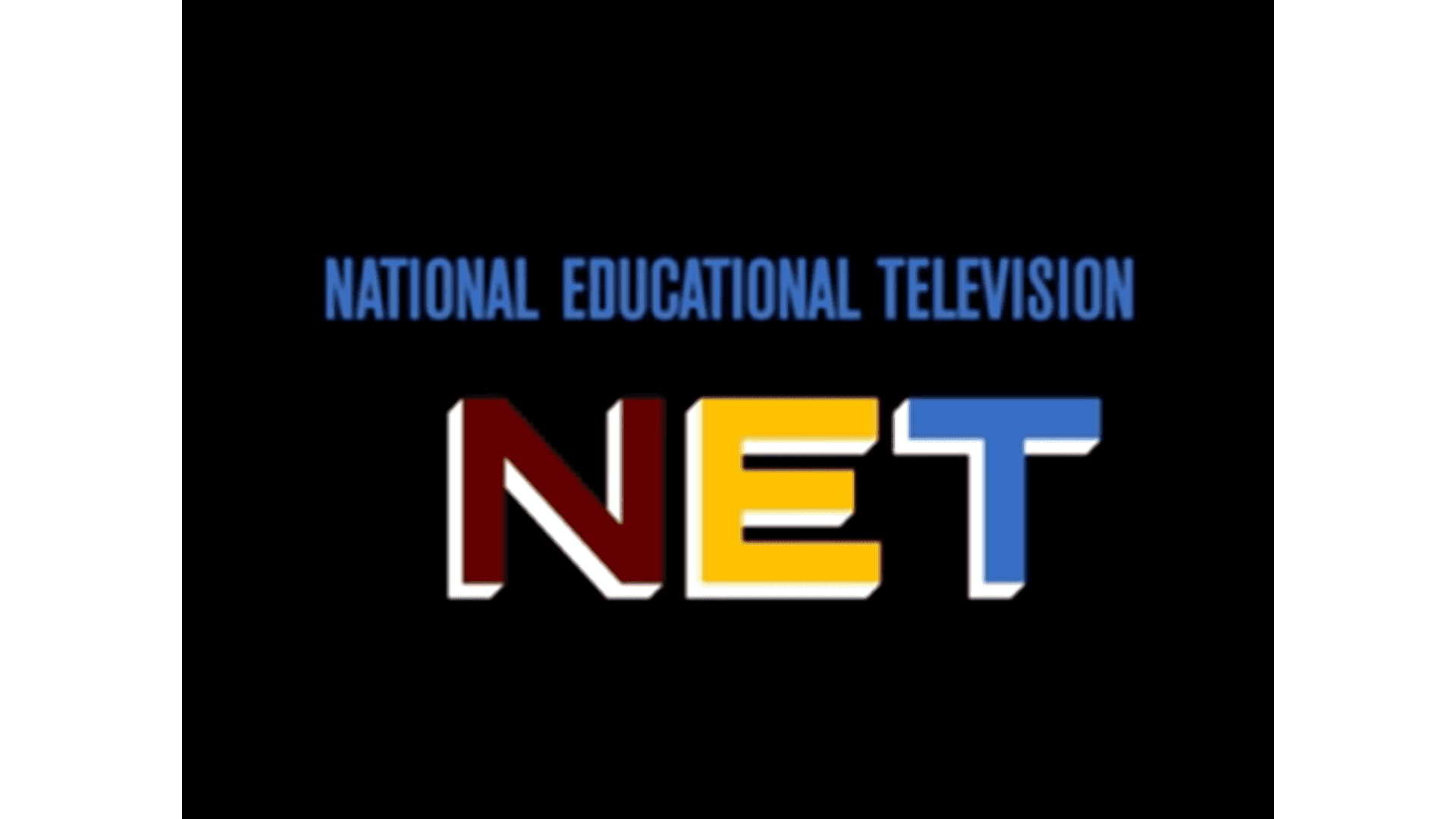Broadcasting A/V Data
Using linked data and archival records to enhance discoverability for broadcasting collections
Broadcasting Audiovisual Data (BA/VD) is an initiative funded by the National Endowment for the Humanities to enhance discoverability of archival radio collections using a linked open data framework. A partnership between MITH and the University of Wisconsin-Madison, the project is an expansion of the previous NEH-funded project Unlocking the Airwaves. While Airwaves was centered on virtually reuniting one set of geographically separated collections, the National Association of Educational Broadcasters' (NAEB) paper and media collections, BA/VD will connect the linked NAEB collections to three additional complementary collections of educational radio, community radio, and public radio history. These include The National Federation of Community Broadcasters (NFCB) collections at UMD Libraries; the Wisconsin Public Radio (WHA) collections at University of Wisconsin-Madison Libraries; and the WLB/KUOM collections at University of Minnesota Libraries.
How to Use this Website
This site is considered a sub-domain of the Unlocking the Airwaves website. As such, it contains select information relevant only to this project.
Broadcasting A/V Data (BA/VD) is a grant-funded project applying digital humanities methods to encourage the use of audiovisual collections inside and outside the academy. Our work extends the virtual reunification activity of Unlocking the Airwaves by creating linked data ties to additional materials which contain valuable collections about the history of educational radio.
One central activity of BA/VD is the creation of authority records for the names and organizations associated with these holdings. These records can be browsed by clicking on the Entities link above, which leads you to an alphabetized index of all entities which meet our selection criteria:
- Entities that overlap more than one of the four collections, or
- Entities which are represented frequently enough in any one collection that they are considered important to the history of educational radio, regardless of overlap between the four collections.
The Entities index page is similar to the People and Organizations index pages on the Airwaves site. As such, they are only browsable, and not searchable. This approach is by design, because BA/VD’s research question address the question of exploring collections through a network-centric lens, as opposed to a content-centric lens.
Due to this emphasis on networks, we have also created a visualization that helps show where and how often overlaps occur between the entities represented in these four collections. Instead of viewing the collections themselves as snapshots of a particular historical moment or trend, we can view them as products of networked knowledge flows governed by institutional structures and individual whimsy.
Lastly, below you will see a list of ten new digital exhibits created by the BA/VD team of curators specifically for this project. These exhibits were created by using this website, and by asking curators to think about and explore the collections thinking about these networked knowledge flows, as opposed to exploring them thinking about pre-determined, content-centric subjects or themes. The exhibits are hosted on the Airwaves website, alongside the original set of exhibits created for that project. Clicking on an exhibit thumbnail from the index below will launch a new tab leading you to that exhibit back at the Airwaves site. To return to this site, close that tab and return here.
In the WHA radio collection, only 309 of of the 5,496 programs in the collection have been digitized. Users who navigate to a landing page for a person or organization will see a list of WHA program titles (when there are programs attached to that entity). Programs which ARE digitized are followed by the note "[digitized audio]", while the remaining non-digitized programs have the note "[metadata record only]" after the program title. If you would like to request access to a digital copy of a non-digitized WHA program, you can do so by emailing the University of Wisconsin-Madison Archives at uwarchiv (at) library (dot) wisc (dot) edu with the link(s) to the programs you would like to access.
Documentation and Training
Another goal of BA/VD is to make these processes transparent to and replicable by other stewards of cultural heritage materials who want to use linked data processes to make their collections more discoverable across the semantic web. Below you’ll see links to various types of documentation and training materials we’ve created to help guide others towards this goal.
Exhibits
Contributors
Project Team
- Stephanie Sapienza (Principal Investigator, MITH)
- Eric Hoyt (Principal Investigator, University of Wisconsin-Madison)
- Emily Frazier (Graduate Research Assistant, MITH)
- Raffaele Viglianti (Senior Research Software Developer, MITH)
- Ben Pettis (University of Wisconsin-Madison)
- Trevor Muñoz (Director, MITH)
- Daniel Pitti (SNAC Director, University of Virginia)
- Joseph Glass (SNAC Developer, University of Virginia)
- Cat Phan (University of Wisconsin-Madison)
- Steven Dast (University of Wisconsin-Madison)
- Erik Moore (University of Minnesota)
- Rebecca Toov (University of Minnesota)
- Laura Schnitker (University of Maryland Libraries)
Exhibit Curators
- Christina Gibson, Towson University
- Glenn Clatworthy, Independent Researcher
- Jennifer Hyland Wang, University of Wisconsin-Madison
- Bill Kirkpatrick, University of Winnipeg
- Marit MacArthur, University of California, Davis
- Allison Perlman, University of California, Irvine
- Alexander Russo, The Catholic University of America


